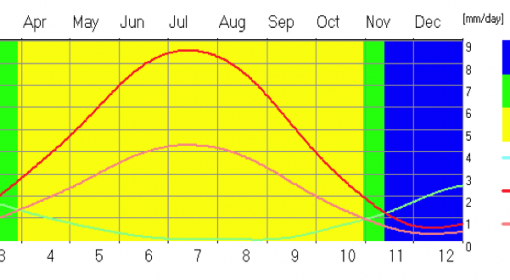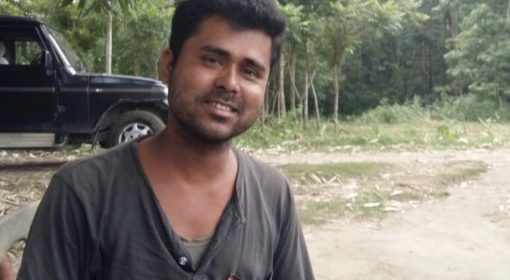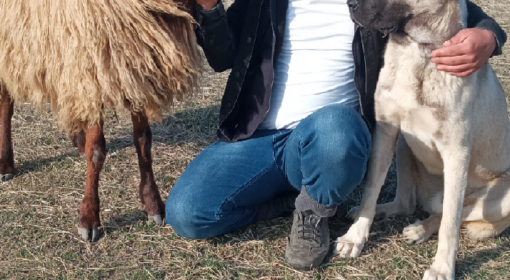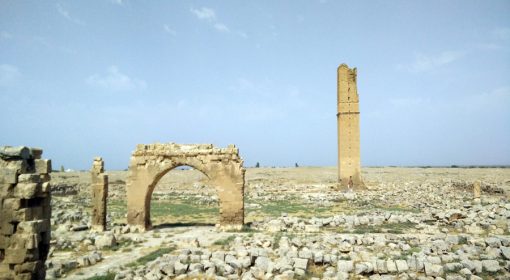By Frank van Steenbergen
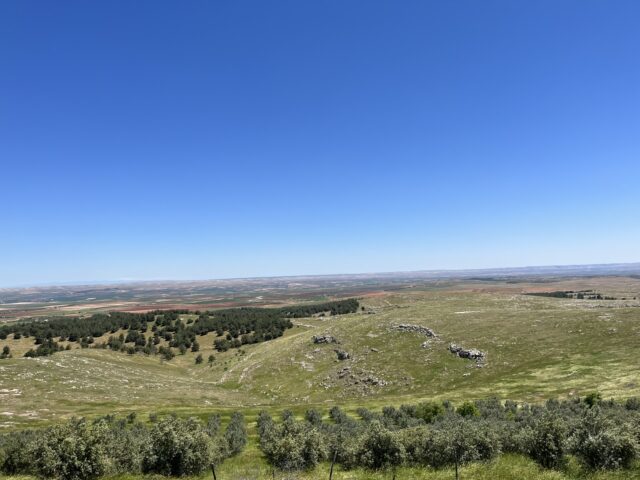
This is the Harran Plain, with a biblical name unchanged in 4000 years. This is the cradle of agriculture, the area where sheep were first domesticated, and agriculture was invented more than 10,000 years ago. In this fertile crescent according to Simcha Lev-Yadun, Avi Gopher and Shahal Abbo (2000)[1] the wild progenitor seeds of all main neolithic founder crops have been found – einkorn wheat, emmer wheat, barley, lentil, pea, bitter vetch, and chickpea as well as flax. This predates similar crops elsewhere with 2000 years.
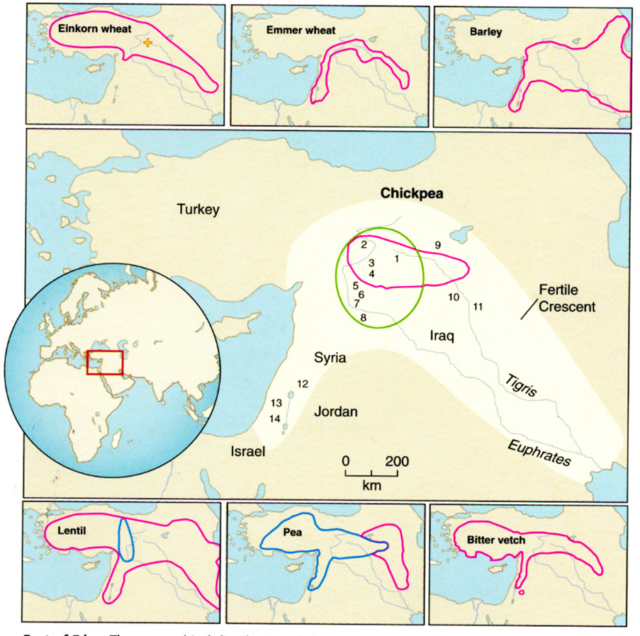
According to the Old Testament, Harran was also the place where Terah and his son Abram his grandson Lot and Abrams wife Sarah and other relatives went after leaving Ur – very likely current day Urfa – with his family. They stayed several years. After his father died, God called him, and Abram continued his journey to Canaan. He was blessed by God who changed his name to Abraham.
“So Abram departed, as the Lord had spoken unto him: and Abram was seventy and five years old when he departed out of Harran. And Abram took Sarai his wife and Lot his brother’s son and all their substance that they had gathered, and the souls that they had gotten in Harran; and they went forth to go into the land of Canaan (Genesis 12:4-5).”
This was all 3500 years ago. Much later Abraham sent his servant Eliezer back to Harran to find a wife from among his relatives there for his son Isaac. This was Rebecca – the daughter of his cousin. Here is how it happened. Rebecca one day decided to go to the well herself and not ask her servant girls to help her. At the well she encountered a leading a long caravan of camels. He asked her if she would give him water to drink. Rebecca not only fetched water for him, she also tirelessly filled and refilled the troughs for the large group of camels. To show how blessed she was, whenever she approached the well to lift water from it, the water miraculously rose in the well to greet her. It was thus that Eliezer knew that she was the wife he was sent out to look for. He presented the gifts to Rebecca and her family, and she was persuaded to join him.
Harran is also the place where Jacob – the grandson of Abraham and son of Isaac and Rebecca – sought refuge from the wrath of his brother Esau, whom he had manipulated out of his right of the first born. In a repeat of family history, it is here that Jacob met Rachel – the beautiful shepherd girl – at the well. He helped Rachel to roll away the stone that covered the well to protect it from dust so that Rachel could water her father’s sheep. It was love instantaneously and the beginning of the Jewish people.
When Jacob saw Rachel the daughter of his mother’s brother Laban, and the sheep of his mother’s brother Laban, Jacob went near and rolled the stone from the top of the well. And he gave water to the flock of his mother’s brother Laban. Then Jacob kissed Rachel and cried for joy. Jacob told Rachel that he was of her father’s family, the son of Rebecca. And she ran and told her father. (Genesis: 29,10-12)
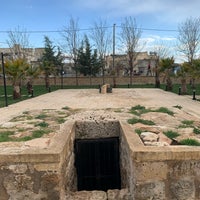
Jacob smitten with Rachel asked Laban – his uncle and Rachel’s father – to marry her. Laban answered that it was unusual, since the Leah the elder sister of Rachel was yet unmarried. Laban proposed that Jacob would work seven years for him before he could get Rachel’s hand. So, Jacob did. only to be deceived by Laban. When the seven years were over, a big wedding was organized which ended with the nuptial night. What Laban had done in the dark was to give the elder and less pretty Leah to Jacob in this wedding, something Jacob only found out in the morning after. Laban had an explanation and proposal:
When the morning came, Jacob saw that it was Leah. He said to Laban, “What have you done to me? Did I not work for you for Rachel? Why have you fooled me?”. Laban said, “It is not allowed in our country to give the younger in marriage before the first-born. Complete the wedding week of this one. Then we will give you the other one also if you work for me seven years more.” Jacob did so and completed the wedding week. And Laban gave him his daughter Rachel as his wife. Laban also took Bilhah, a woman who served him, and gave her to his daughter Rachel, to serve her. So Jacob went in to Rachel also. He loved Rachel more than Leah. And he worked for Laban seven years more (Genesis, 29, 26-30).
In the end Jacob married both Leah and Rachel and he had twelves sons with them and their two slave girls. Jacob was renamed Israel by God and his sons were the founders of the twelve tribes of Israel. From Leah there are Reuben, Simeon, Levi, Judah, Issachar, and Zebulun. From Rachel there were Joseph and Benjamin. From Rachel’s slave there were Dan and Naphtali, and from Leah’s slave there were Gad and Asher.
The rest is rich history. Harran is still a prime agriculture country. The well of Jacob is still there but the scenery has changed dramatically. What was once a cradle is now an area of exhausted and water-logged soils. It is an area stretched to the limits– with intense cultivation of cotton and maize and heavy use of synthetic fertilizer and pesticides. The area, once pristine, is now overworked. Despite heavy inputs, the yields are much lower than what one would expect. It is an area that is waiting to be reborn. The native wheat and lentil varieties are gone and what was once the start of agriculture is now an emblematic example of an agricultural system that has reached its end.
Read also the blog in the same sequel: Paradise Lost Somewhere in Anatolia https://thewaterchannel.tv/thewaterblog/paradise-lost-somewhere-in-anatolia/
[1] Lev-Yadun, Simcha & Gopher, Avi & Abbo, Shahal. (2000). The Cradle of Agriculture. Science. 288. 1602-1603. 10.1126/science.288.5471.1602.
